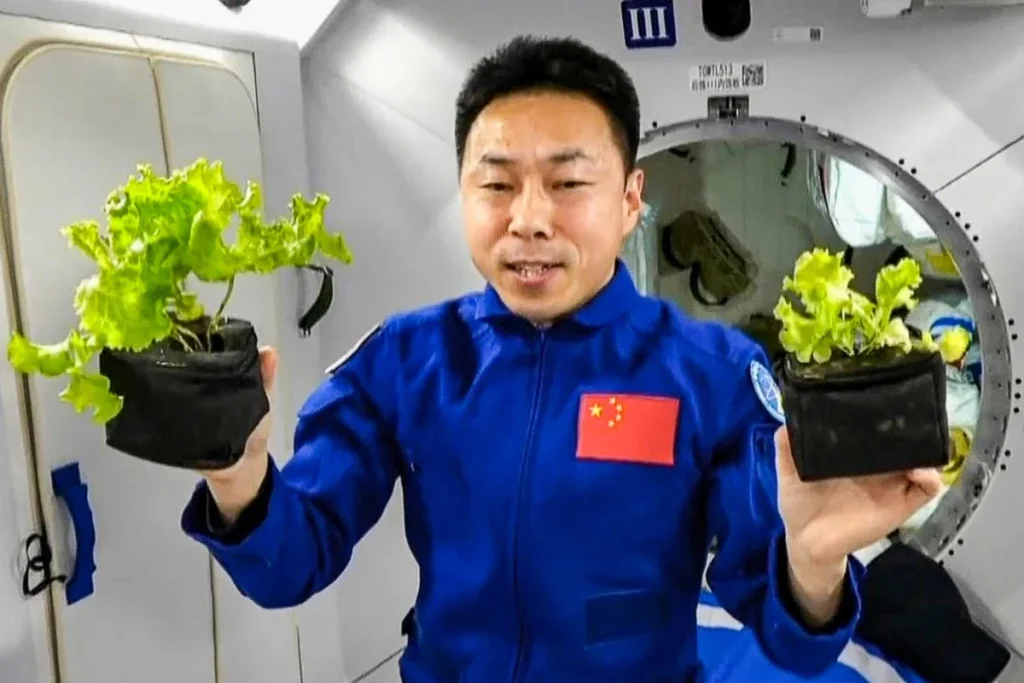China has made a significant breakthrough in space exploration with a pioneering experiment conducted aboard its Tiangong space station. Using artificial photosynthesis, astronauts have successfully converted carbon dioxide and water into oxygen and key components for rocket fuel. This development marks a major step toward self-sustaining space missions and deep-space travel.
The Science Behind the Breakthrough
The research, conducted by astronauts on the Shenzhou-19 mission, involves a specialized device that mimics plant photosynthesis to produce life-sustaining oxygen and ethylene, a crucial ingredient for rocket propellants. By leveraging semiconductor catalysts, the process enables efficient conversion of carbon dioxide into usable resources under microgravity conditions.
Key technological advancements in the experiment include:
- Carbon dioxide recycling to produce breathable oxygen
- Liquid and gas management in microgravity
- Real-time reaction monitoring for precision and efficiency
Implications for Future Space Missions
This breakthrough could significantly reduce dependency on Earth’s resources for prolonged space missions. By generating oxygen and rocket fuel directly in space, astronauts can minimize supply shipments, paving the way for:
- Extended stays on space stations
- Sustainable lunar and Mars missions
- More cost-effective deep-space exploration
China’s National Space Administration (CNSA) aims to integrate this technology into its upcoming lunar missions, particularly in preparation for a crewed Moon landing before 2030.
Global Impact and Future Prospects
While artificial photosynthesis has been explored on Earth, its successful application in space is a game-changer. Other space agencies, including NASA and ESA, are closely monitoring China’s advancements, as similar technology could be crucial for future Mars colonization efforts.



Comments (0)
No comments yet. Be the first to comment!
Leave a Comment